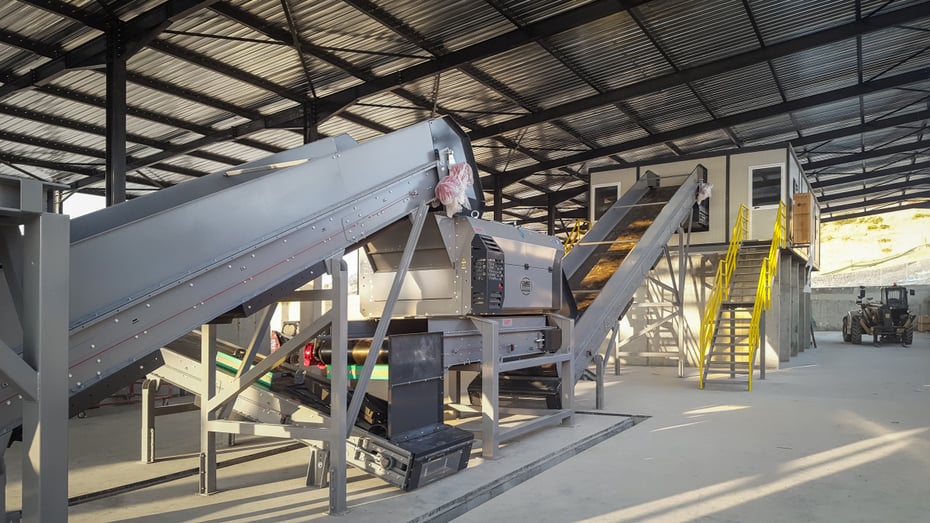Plastic recycling is a fundamental choice to protect the environment: this material, in fact, takes decades or centuries to degrade, and its recovery and reuse as a secondary raw material are essential to fight the pollution that derives from its abandonment in nature or from its transfer to landfill.
Protecting the environment is not, however, the only good reason to recycle plastic. This material, once recycled, can be reused in countless industrial processes, and can be transformed into a wide range of products, ranging from yarns for sweaters and fleece blankets to membranes used in the building industry, passing through the packaging of medicines and items for the home or for the car.
The recycling of this particular material is a rather complex process: the plastic waste – delivered directly by users to the special containers for separate collection – contains various types of plastics, which require different treatments and which, once the recycling process is completed, they will have different uses.
The types of plastic
Plastic can be used for the packaging of products, but also for the production of a huge variety of commonly used objects. Depending on the type of use, the products and packaging can be made of different types of plastics, such as:
- PET, polyethylene terephthalate: this type of plastic – stable, transparent and impact resistant – is normally used to produce water bottles or other beverages
- PS, polystyrene: excellent insulator, is used both in packaging and for the production of various objects of common use, from food trays to CD cases.
- PE, polyethylene: this plastic is extremely common and is used for many types of packaging
- PP, polypropylene: many food products are contained in polypropylene containers, the material the bottle caps are also made of. However, the use of this type of plastic does not stop there, since polypropylene is also used to produce articles, sound-absorbing panels and packaging material.
- PVC, polyvinyl chloride: plastic extremely resistant to abrasion, wear, chemical and bacterial attack and aging. Thanks to these characteristics, it is widely used in construction (fixtures, coatings, pipes …)
Recycling and recovery of different types of plastic
Plastic recycling begins with the opening of the bags containing the waste, which can be done with special machines (such as the AS 450 bag opener by CAMEC) designed for the unpacking of not excessively pressed materials. The waste can also be treated with a waste crusher (LC 450) which, without reducing it in volume, simply breaks it upto make the subsequent processing steps easier.
Once the bags have been opened and the material has been broken up a first separation of the foreign bodies (dust, metal, wood, paper …) present inside is carried out necessary to remove all waste other than plastic.
Once all non-plastic materials have been eliminated, an initial selection is made to separate the lighter plastics (PE and PP) from the heavier ones (PET and PVC). This differentiation is normally carried out through centrifuges, immersion of the waste in tanks full of water or through the use of puffs of air. The most precious plastic, such as the one used for beverage bottles, is also differentiated on the basis of color (transparent bottles are separated from blue ones and those of other colors).
Once the plastic is sorted, it is crushed and shredded, which is necessary to reduce its size. This step is essential for the subsequent processing steps, and must be carried out with tools able to shred effectively both the most resistant plastics and the most “precious” ones, such as PET. GS/GL enhanced single-rotors and MG granulators, designed for the grinding and volume reduction of waste of heterogeneous plastic materials, are able to effectively perform this task, reducing the amount of dust created during the granulation process and can guarantee a considerable energy saving.
Once shredded and reduced in size, the plastic is washed and then dried in the form of chips or flakes, ready to be reused for the production of recycled plastic products.


